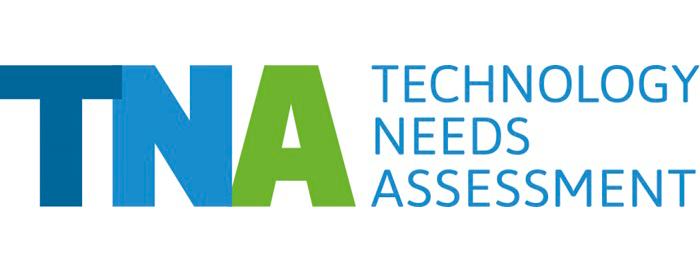In 2025, Sierra Leone joined TNA Phase V, identifying and assessing climate technologies for priority adaptation and mitigation sectors, that can help the West African nation to strengthen climate resilience and raise ambition.
Rich in minerals, Sierra Leone has relied on mining, especially diamonds, for its economic base. The exploitation of the country’s natural resources puts local ecosystems, the environment, well as local communities at risk.
In addition to the mineral sector, agriculture is of paramount importance, as more than two-thirds of the population are directly involved in subsistence farming. As climate change progresses, harvesting crops becomes increasingly challenging, with extreme weather events such as droughts and floods increasing in intensity and frequency, putting a substantial portion of the population at risk.
Acknowledging these challenges, Sierra Leone´s NDC seeks to mainstream climate considerations into sustainable development strategies to build resilience at the local level while promoting environmental benefits in an integrated manner at the national level.
Key targets include a 10% reduction in greenhouse gas emissions by 2030 through enhancing renewable energy sources, particularly solar and hydroelectric power, and improving energy efficiency across sectors.
Sierra Leone aims to promote sustainable agricultural practices and reforestation programmes to enhance carbon sequestration. The TNA is supporting these ambitions by identifying climate technologies and pathways for their implementation, mitigating and adapting to climate change.

